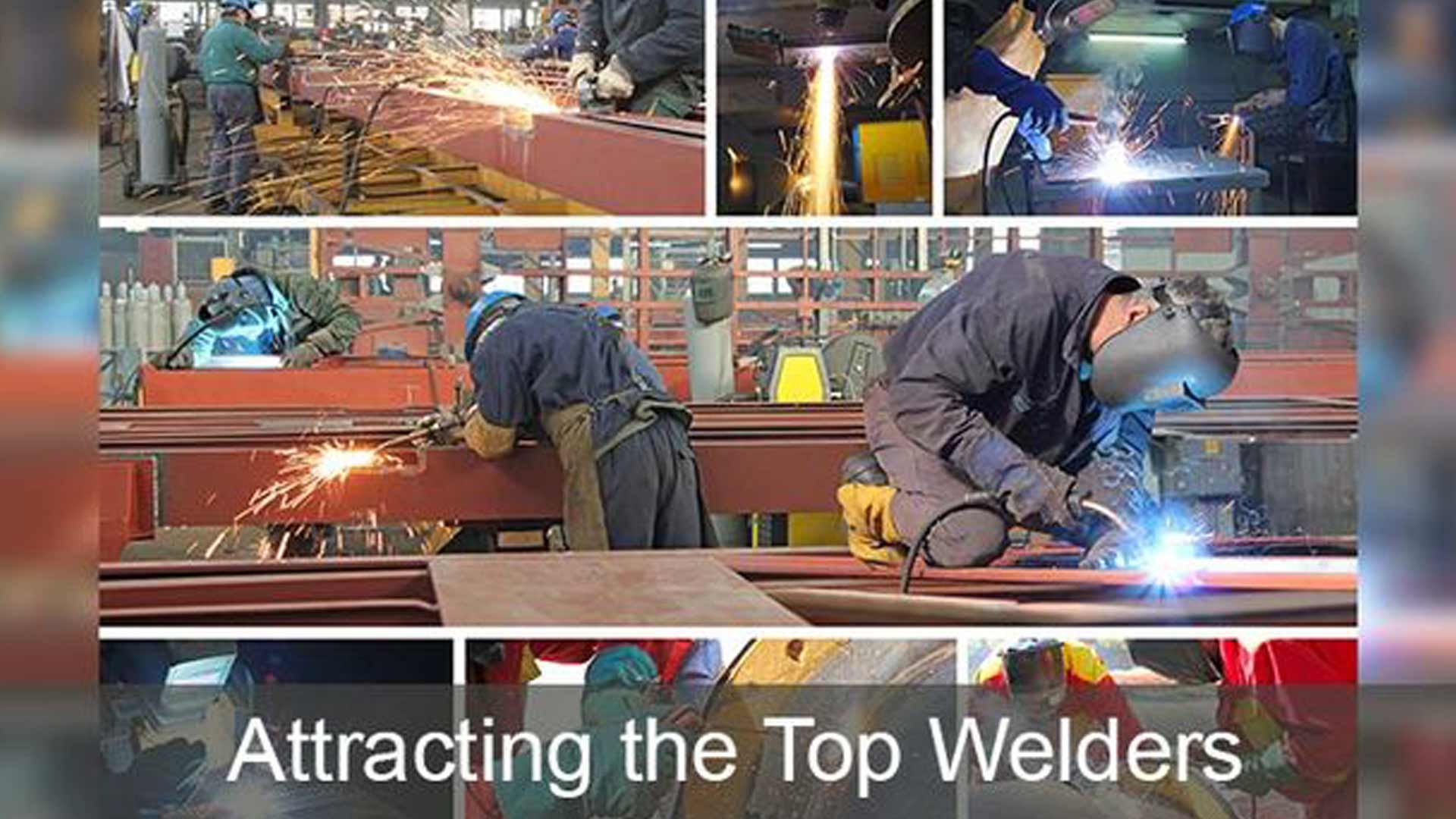Indoor Air Quality: The Evolving Workforce and Their Expectation of Clean Air

The welding industry will face a shortage of 400,000 welders by 2024 – that's according to the American Welding Society. An aging group of current welders plus a diminishing amount of young people entering the trade lead to the trend. How can you make sure you continue to find and develop the best available welders despite this trend? A focus on indoor air quality is one way.
Some of the main considerations for top talent is work environment: this includes tools, technology and, yes, air quality. Welders entering the workforce are aware of the dangers of weld fume exposure and look for employers who are committed to limiting their exposure to it. Plus, the air quality guidelines are part of their weld training curriculum.
In terms of retention, clean air is also a major factor in determining if your top talent will stay and develop. After all, if indoor air quality takes a turn for the worse, don't expect top talent to stick around and risk their health. If a facility doesn't maintain clean air and ends up losing employees, there are number of negative effects:
- Reduced staffing until replacement can be found.
- Overworked core team making up for the lost employee.
- Hiring and training costs associated with onboarding.
- Lower new-hire productivity levels as they're forced to learn without senior guidance.
With the importance of maintaining clean air to attract and retain talent clear, let's take a look at some guidelines to shoot for in creating an attractive facility environment with high indoor air quality.
Permissible Exposure Limits
PELs are established by the Occupational Safety and Health Administration (OSHA) to limit worker contact with toxic particulate within their respiratory zone and provide a regulatory target for facilities to manage against. Additionally, the American Conference of Governmental Industrial Hygienists (ACGIH) recommends more stringent standards for IAQ referred to as Threshold Limit Values (TLVs). Companies looking to maintain best-in-class facilities often strive to achieve or exceed ACGIH recommended TLVs since they're often lower.
Here's a chart of the most common PELs for metalworking facilities to monitor:
|
Toxic Element |
OSHA PEL |
ACGIH TLV |
| Hexavalent Chromium | 0.005 mg/m3 | 0.05 mg/m3 |
| Cadmium | 0.005 mg/m3 | 0.002 mg/m3 |
| Lead | 0.05 mg/m3 | 0.05 mg/m3 |
| Nickel | 1.0 mg/m3 | 0.1 mg/m3 |
| Manganese | 5.0 mg/m3 | 0.02 mg/m3 |
Additional Resources
This information was first shared in the RoboVent webinar How Clean is Clean? Understanding Air Quality in Metalworking Plants. The complete webinar is available here.
To learn more about weld fumes, how they affect your IAQ and what you can do about them, make sure to watch RoboVent's 5-part webinar series on the subject available at robovent.com/category/webinars/.
Contact Us With Your Questions!
SUBSCRIBE TO
BLOG UPDATES








